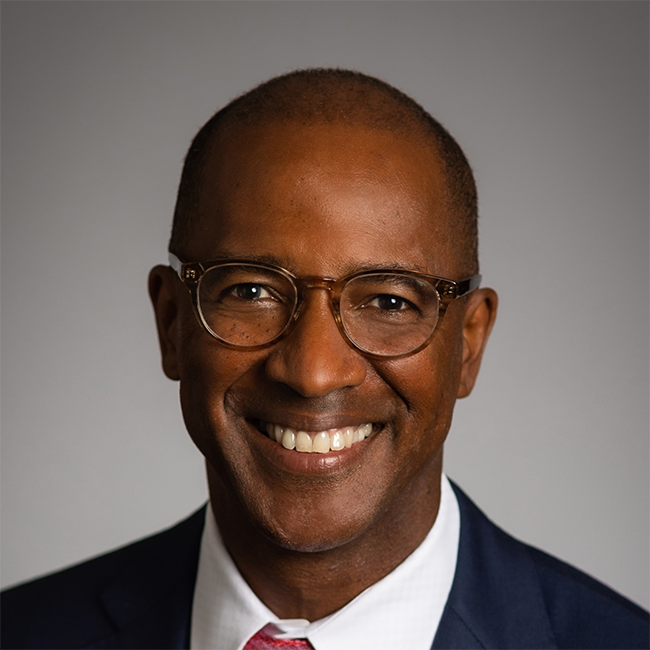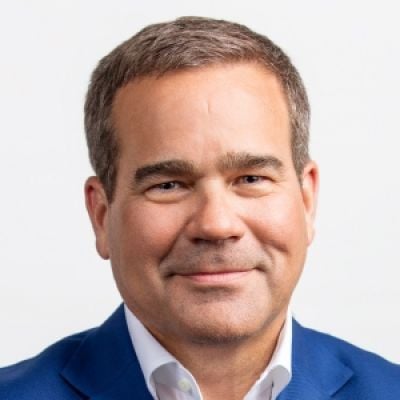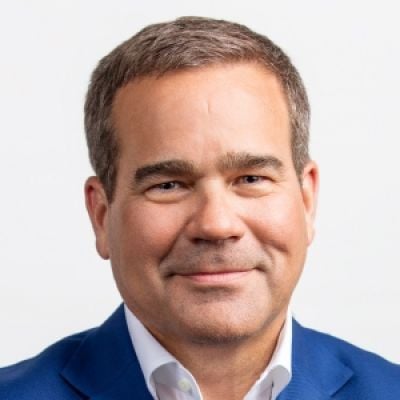
The pandemic revealed—if anyone hadn’t noticed—that millions of Americans live in a precarious financial condition. And, as if policymakers didn’t already know, the pandemic underscored the fact that the majority of Americans are financially unprepared for retirement.
Half of retiree households get more than half their income from Social Security, and one in four gets 90 percent or more of their income from it. Yet the median monthly Social Security retirement benefit is just $1,514—because the program was designed to merely supplement a worker’s retirement income, not serve as the primary source.
The economic devastation inflicted on millions of US households by the pandemic makes it clear that we need new solutions to help people achieve financial security in retirement. The current approach is deeply flawed. For example, the only way most people can save for retirement is to have an income. Explain that to the millions of unpaid workers who care for children and elders. And most Americans don’t earn enough to save for retirement. While median US household income increased 14 percent since 1990, health-care costs since then are up 51 percent, housing prices 290 percent, college costs 311 percent, and food prices 107 percent. Because the costs of living have risen so much faster than incomes, four in 10 Americans don’t have the cash to pay an unexpected expense of $400. Given these realities, only 44 percent of those earning less than $50,000 participate in their workplace retirement plan, and 26 percent of US households have no retirement savings whatsoever.
Imagine no more retirees living in poverty, no more low-income retiree households, and the promise of a future where older adults are not forced to make impossible trade-offs among the necessities of life.
The crux of the problem is that we don’t enable Americans to save for retirement throughout their lives. People don’t generally begin full-time employment until their late teens or 20s, and the majority of workers don’t join workplace retirement plans until age 37. The impact of squandering decades of compound growth cannot be overstated. Consider saving $100 per month for 20 years at a 7 percent annual return. The $24,000 investment would grow to $52,000. Extending the time period to 40 years doubles the amount invested, to $48,000, but more than quintuples the wealth—to $262,000. Increase it to 60 years, and the investment is only three times larger but is now worth 11 times more, or $1.1 million. This is the “power of compounding.”
Although compounding’s value is widely known, the opportunity to benefit from it is denied because, as a practical matter, Americans cannot save for retirement beginning at birth. But what if they could?
A new approach to retirement savings, Retirement Income Security for Everyone (RISE), would do just that by capitalizing on the power of compounding. By providing future generations of Americans an additional source of retirement income, we could essentially lift all Americans into at least the middle class in retirement. Imagine no more retirees living in poverty, no more low-income retiree households, and the promise of a future where older adults are not forced to make impossible trade-offs among the necessities of life, like nutritious food, life-saving medicines, and safe housing.
Here’s how the RISE program would begin. The US Treasury Department would issue $23.4 billion in RISE Bonds, or $5,884 for each of the approximately 4 million children born each year. The money would be managed by an entity established by Congress and, after 20 years, the RISE Bonds would be eligible for redemption—paid, along with the program’s operational expenses, by the program itself and not by the government or taxpayers.
RISE would be a huge improvement over our current approach. Today, Americans predominantly save for retirement via the workplace, an approach that excludes millions of people. RISE would not only dramatically expand the retirement safety net, it would produce far superior financial results. Total median lifetime retirement income from RISE would exceed $11.4 million, or 2.5 times more than that provided by typical 401(k) plans plus Social Security. And instead of investing more than half a million dollars to produce this income, RISE requires only a one-time investment of just $5,884, by capitalizing on the power of compounding.
By leveling the playing field at birth through RISE, we can increase financial security and narrow the racial and retirement wealth gaps. This couldn’t come at a more important time. The Covid-19 pandemic saw those who were already doing well do better and those who were struggling do worse. Job losses and health challenges have widened divides and exacerbated insecurity.
We have an opportunity to change the retirement landscape. RISE is an innovative, permanent, and self-funding way to provide a financially secure retirement for all Americans. Let’s act on that opportunity now.
















